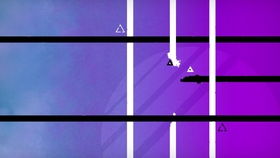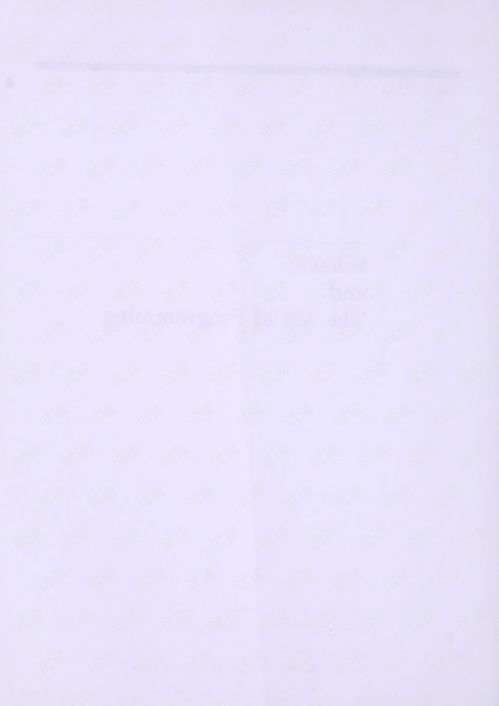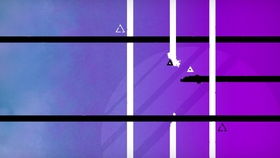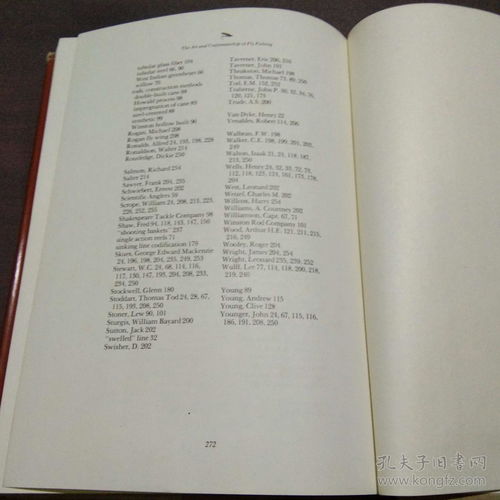Introduction:
Fishing is an ancient pastime that has been cherished by anglers around the world for centuries. One of the most crucial aspects of fishing is selecting the right bait and float, as they can significantly impact your chances of a successful catch. In this article, we will delve into the art of choosing the perfect fishing bait and float, providing you with valuable tips and insights to enhance your fishing experience.
Understanding the Importance of Bait:
Bait is the food that attracts fish to your hook, and selecting the right type can make all the difference. Here are some factors to consider when choosing your bait:
Fish Species: Different fish species have varying preferences when it comes to food. For instance, catfish are attracted to live bait like worms or minnows, while bass may be more interested in artificial lures or specific types of baitfish.
Water Conditions: The clarity and temperature of the water can influence which bait is most effective. In murky waters, bright or colorful baits may be more visible to fish, while in clear waters, natural-looking baits might be more appealing.
Seasonal Changes: Fish behavior changes with the seasons. During the spring, fish may be more active and attracted to a variety of baits, whereas in the winter, they may be more selective and require specific types of bait.
Types of Bait:
Live Bait: Live bait, such as worms, minnows, or leeches, can be highly effective as they are more realistic and often more appealing to fish. However, they require careful handling to ensure they remain alive and active.
Artificial Bait: Artificial baits, including lures, jigs, and spinners, can mimic the movement of real fish and are often favored by anglers for their versatility. They come in a wide range of colors, sizes, and shapes to suit different fishing conditions.
Natural Bait: Natural baits, like insects, crustaceans, or fish parts, can be used in certain situations. These baits are often preferred by fish that are naturally foraging for food.
Choosing the Right Float:

The float, also known as a bobber, is a crucial tool that helps you detect when a fish is biting. Here are some tips for selecting the perfect float:
Size and Shape: The size and shape of the float should be appropriate for the type of fishing you are doing and the size of the fish you are targeting. Larger floats are suitable for heavy baits and deeper waters, while smaller floats are better for lighter baits and shallower waters.
Buoyancy: The buoyancy of the float should be sufficient to keep your bait at the desired depth. A float that is too buoyant may cause your bait to float too high, while one that is too heavy may not allow your bait to reach the fish.
Visibility: The visibility of the float is important, especially in murky waters or during low-light conditions. Bright or contrasting colors can help you spot subtle movements and detect bites more easily.
Sensitivity: Some floats are designed to be more sensitive, allowing you to detect even the lightest of nibbles. The sensitivity of the float should match your fishing style and the type of fish you are targeting.
Fishing Techniques:
Trolling: Trolling involves dragging your bait or lure behind a moving boat. This method is effective for covering large areas and can be used with various types of baits and floats.
Still Fishing: Still fishing involves casting your bait or lure and waiting for a bite. This method requires patience and precision in choosing the right bait and float to ensure your bait remains in the strike zone.
Fly Fishing: Fly fishing is a specialized technique that uses artificial flies as bait. The float in fly fishing is often a fly line that is cast and retrieved to mimic the movement of real insects.
Conclusion:
Choosing the right bait and float is an essential part of mastering the art of fishing. By understanding the preferences of the fish you are targeting, the conditions of the water, and the different types of bait and floats available, you can significantly improve your chances of a successful catch. Whether you are a beginner or an experienced angler, taking the time to select the perfect bait and float can make all the difference in your fishing experience. Happy fishing!












